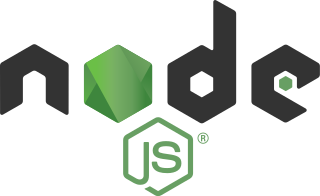I've been using Laravel since version 4 (back when you had to manually include every fucking file), and Artisan is the reason I stuck with it through all the breaking changes. Before Laravel, I was manually creating PHP classes like a caveman. Copy-paste controller templates, hand-writing database migrations with typos that wouldn't show up until production, and forgetting to register routes because there were no generators to hold my hand.
The Commands That Actually Matter
The bread and butter commands are the make: generators - php artisan make:controller, make:model -m, make:migration. These aren't revolutionary, but they save you 5-10 minutes of typing boilerplate every single time.
The migration system is where Artisan really shines. php artisan migrate runs your database changes, migrate:rollback undoes them. Except when it doesn't, because you wrote a migration that can't be reversed (who needs foreign key constraints anyway?) and now you're stuck running migrate:fresh and losing all your test data. Been there, done that, cried about it.
When Shit Goes Wrong
Here's what the docs won't tell you: php artisan optimize sometimes makes your app slower, not faster. It's supposed to cache your config and routes for better performance, but I've seen it break apps with environment-specific configs. The number of times I've had to run config:clear to fix weird deployment issues is embarrassing.
queue:work is great until it isn't. The process will just die randomly in production, especially if you're using Supervisor wrong (and everyone uses Supervisor wrong the first time). And good luck debugging failed queue jobs when the only error message is "Job failed" with no stack trace - thanks Laravel, super helpful.
The worst part about Artisan? When it hangs. Sometimes migrate will just sit there forever, usually because of a deadlock or foreign key constraint you didn't think about. Ctrl+C becomes your best friend, along with checking MySQL processes to see what's actually locked up.
Artisan Tinker: Debugging Paradise or Memory Hell

`php artisan tinker` is Laravel's REPL, and it's either amazing or terrible depending on what you're doing with it. Need to quickly test a model relationship? Perfect. Load 100,000 records to test something? Enjoy watching your server run out of memory and crash.
I once brought down a staging server because I ran `User::all()` in Tinker on a table with 2 million records. The Laravel docs mention memory usage exactly zero times in the Tinker section. You learn this stuff the hard way.
Custom Commands That Nobody Writes
Everyone talks about creating custom Artisan commands, but let's be honest - most developers never do it. When you finally get around to it, you realize you should have started with a simple script instead of overengineering a command that takes longer to write than the task it automates.
The one time custom commands are actually useful is for data migration or cleanup tasks that need to run once. `php artisan cleanup:old-files` is a lot more professional than having a random cleanup.php script lying around your project root.
All these Artisan quirks and gotchas matter when you're choosing a framework, though. How does Laravel's CLI stack up against the competition? That's where things get interesting.
Every PHP framework has some kind of command-line tool, and they all claim to be the best. But when you've actually used them in production, the differences become crystal clear. Let's cut through the bullshit and see how Artisan really compares.




